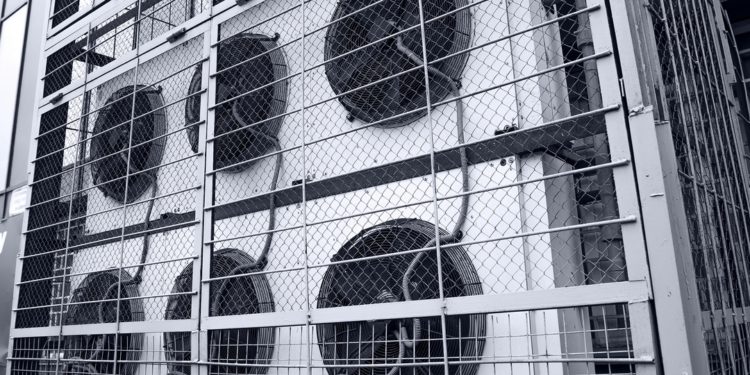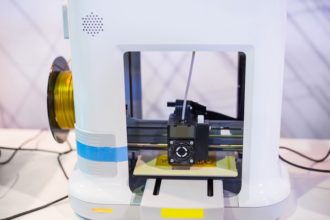5 Technical Benefits of Cabinet Coolers

Cabinet cooling is the process of providing air circulation to enclosures such as circuit panels and electrical boards largely to ensure the safe operation of the unit. Because the components are enclosed and wherever current flows heat is present, cool air is unable to get inside the cabinet and could potentially cause serious damage. Cabinet coolers recirculate clean air, cool down all components, and expel hot air to guarantee the safety of the unit. Cabinet coolers come in many different forms such as vortex coolers that can be programmed to kick in as temperatures rise, air-to-air heat exchangers that use heat recovered from exhaust air, and air-to-water heat exchangers where water is cooled and used to prevent overheating. There are many benefits to cabinet cooling systems and below are only some of them.
1. Handles heat the best

When you want to keep a cabinet cool, some people automatically jump to the conclusion that a fan will meet their needs. The truth is, a fan can do little else but circulate air and provide a moderate amount of cooling. For such things as circuit panels, electrical boards, or audio/video equipment, you will need something a lot strong then just a fan. A cabinet cooler is capable of providing targeted cooling and can handle higher volumes of heat when compared to a fan. They also have the ability to adjust as temperatures fluctuate in the cabinet, guaranteeing your equipment is receiving the amount of cooling it needs.
2. Protects against contaminants

Not only do cabinet coolers protect against overheating, they allow you to protect your equipment against contaminants such as moisture, dust, and debris. When systems are exposed to open-air conditions there is always a risk of being exposed to these elements. Cabinet coolers use compressed air that is clean and dry which means that the air used to cool components will be free of contaminants that would harm your system. They allow you to enclose your systems to keep them safe and prevent them from overheating at the same time.
3. Flexible

When someone is wanting to do something like install an electrical board, set up a computer, or place audio equipment in a specific place, they always need to be mindful of overheating issues and potential damage to their systems. Cabinet coolers address this by providing a cooling system to your equipment no matter where you place it. The cooler is target-specific to ensure the components will receive the temperatures they need and be free of dirt, debris, and moisture.
4. Allows for longer life of components

Cabinet coolers protect systems from outside elements that could harm and prevents overheating that often occurs in enclosed areas where electrical currents exist. This will allow the enclosure’s contents to last a lot longer and will save you money in the long run. Allowing too much heat and outside elements to build up in the enclosure will inhibit circuitry and processors from working correctly and will increase wear and tear on wiring that can lead to shorts and electrical fires. Having a cabinet cooler that has the ability to keep temperatures at appropriate levels in the enclosure will allow your system to operate as intended for years to come.
5. Resistant

Because cabinet coolers deal with a lot of moisture, debris, and fluctuating temperatures, the coolers themselves are very resistant and can withstand a lot of unfavourable elements. The coolers can work in dusty conditions and can endure temperatures with a range from -20 degrees to +65 degrees Celsius. This guarantees that no matter what the condition is inside the enclosure, the cooling will be targeted, even, and play a huge role in preventing overheating and fire.


